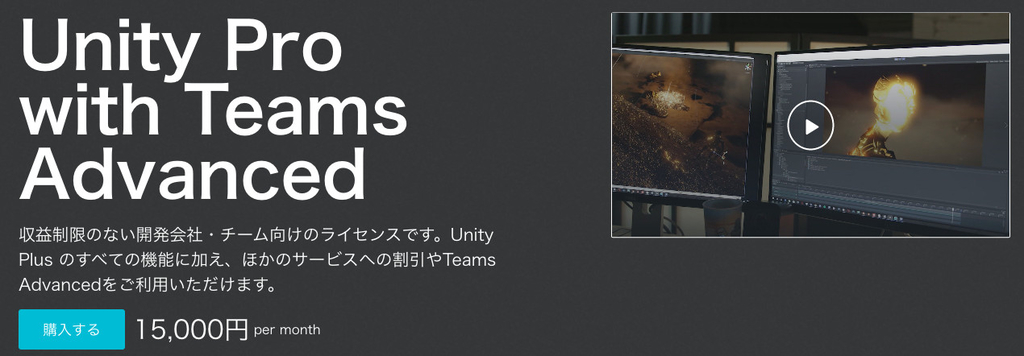
Use this to more efficiently handle your large amounts of duplicate objects.
Its features include:
The Spawn function: Use this function to create or pull from the pool an object of template objectName.
The Create function: Use this function to forcefully create an object of template objectName even if there's one available in the pool.
The Launch function: Use this function to pull from the pool an object of template objectName. Will not create a new TBPooledObject if there are none available.
The Closest/Farthest functions: Use these functions to check for the nearest/furthest TBPooledObject of any template listed in toTargetOfTemplateNames parameter.
The Kill function: Use this function to "Destroy" a TBPooledObjectand return it to the pool.
The Discard function: Use this function to safely remove a TBPooledObject derived script so that the object then behaves normally again.
The Redeem function: Use this function to "Un-Discard" a discarded TBPooledObject that was marked as redeemable at the time it was discarded.
The Annihilate function: Use this function to safely and literally DESTROY a TBPooledObject.
The SafeSceneChange function: Use this function to exempt any passive or/and active TBPooledObjects from destruction on scene change. (Use this if you'd like to preserve your pools as you change scenes, so that you don't have to re-instantiate objects in your new scene).
The Init function: Use this to mark a target GameObject as a template during runtime. This is useful for when you want to create a template of an object only when that object meets a criteria, and you don't know what those criteria will be in compiletime.
The QOL functions. Use these to help you debug your project. You can use them to log the members or template data in runtime.
More features coming!
If you encounter any problems, you can get in contact with the developer though this email, and you can find more information and an in-depth written tutorial about how to use the product here.







